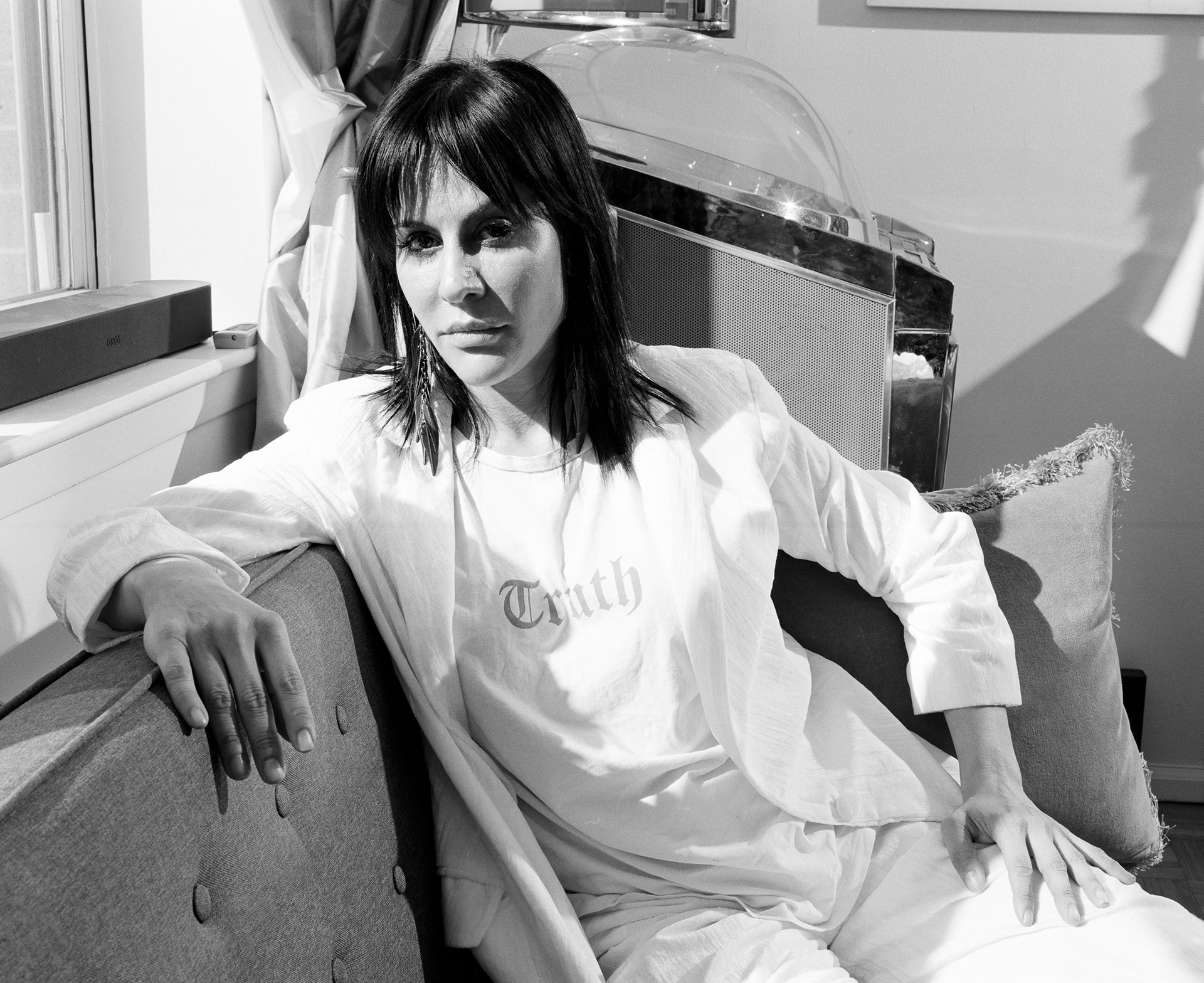
Migration and Exploitation Are a Reality
Latino Ada Trillo is one of the 12 Philadelphia artists receiving $75,000 Pew Fellowships
Last month, The Pew Center for Arts & Heritage announced its 2022 grants and fellowships in support of cultural events and artistic work that will enliven and enrich the Philadelphia region and represent diverse identities, personal experiences, and historical narratives. The 42 awards total $9.5 million, including $900,000 going to 12 Philadelphia-area artists as Pew Fellowships. Among them is Ada Trillo, a Mexican American artist and photographer, whose work documents the migration of people through Central America and the US-Mexico border.
“The Pew Grant has been a beautiful honor for me,” Trillo said in a recent interview with AL DIA News.
Each Pew Fellowship artist will receive $75,000. Born and raised in the U.S/ Mexican border region of Juarez and El Paso, Trillo knew since kindergarten that art was her path and “I have followed it as my passion despite many obstacles; I started as a painter and transitioned to photography because of the work that required it”, she explained.
Deeply connected with her life experience in La Frontera, her photographic work focuses on social issues affecting the border, like sex trafficking, climate and violence-related international migration, and long-standing barriers of race and class.
“I knew that if I painted the reality of immigration and the difficulty of crossing borders not only to the USA but throughout Central America and Mexico, no one would believe it. So photography became the answer”, she added.
Trillo studied Fine arts at Instituo Marangoni, Milan, and then moved back to the U.S to get a Bachelor’s Degree at Drexel University, Philadelphia, where she still lives. “My community, best friends, and life are in Philadelphia”, she said.
ROOTED IN THE FAMILY
Although her family wasn’t happy that she didn’t follow the family business of commercial real estate, Trillo has consolidated her career as a photographer and her projects have been featured in international publications including The Guardian, Vogue, Smithsonian Magazine, and Mother Jones. Trillo’s work is held in the Library of Congress, the Philadelphia Museum of Art, and other institutional and private collection.
“My interest in photography started making photographs during my trips overseas that I would use as references for my paintings,” she recalled. However, she was also influenced by a sense of social justice that was rooted in her family. “My grandfather was a doctor who saw patients that could not afford to see him for free at night. So my grandparent’s house always had a chicken or a basket of crops that had been given to him,” she rembembered.
Her aunt, Guillermina Valdes De Villalba, was the founder of EL COMO, El Centro de Orientación de La Mujer Obrera, helping support maquiladora workers in their efforts to strike for better working conditions. “Guillermina was also a pioneer in researching United States-Mexico border issues in El Centro De la Frontera Norte and had a “lifelong commitment to social justice,” she recalled.
RELATED CONTENT
Another aunt, Guadalupe Valdes, is a Professor at Stanford University. “With comprehensive research, she explores many of the issues of bilingualism relevant to teachers in training, including methods of instruction, typologies, measurement of progress, and the role of education in national policies on immigration”, she explained.
One of her recent projects is called “La Caravana del Diablo” (January 2020), a series of black and white photographs of a massive migrant caravan formed by Hondurans fleeing violence and poor economic conditions. For 8 eight days, the caravan traveled through Guatemala into Mexico, crossing the Suchiate River, where they were met by the recently established Guardia Nacional. Migrants attempting to enter Mexico split into two major groups. The largest group crossed the Suchiate River and were tear gassed by the Guardia Nacional. Forced to retreat they waited by the river’s edge for two days. Their second attempt across the river (at four in the morning) was a success but it was only hours later that the Guardia Nacional surrounded them, put them on buses and sent them back to Honduras.
“Migration and exploitation are a reality; if people are not aware, they can’t be changed, “ Trillo said.
She always chooses black and white “because the focus is on the person, not the loud colors around them”.
Despite her interest in social injustices, she doesn’t like to be mistaken as a photojournalist. “My background is in Painting and Fine Art, so when I compose a photograph, it is natural that the training and practice I had for over 25 years takes presence,” she said. In addition, “the interaction I have with refugees is utterly different from what a journalist has. I travel with them in transit, so the photographs are intimate and personal. They are not “subjects” but my friends, that true social media I get to keep in contact”, she concluded.












LEAVE A COMMENT:
Join the discussion! Leave a comment.